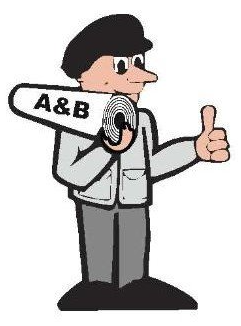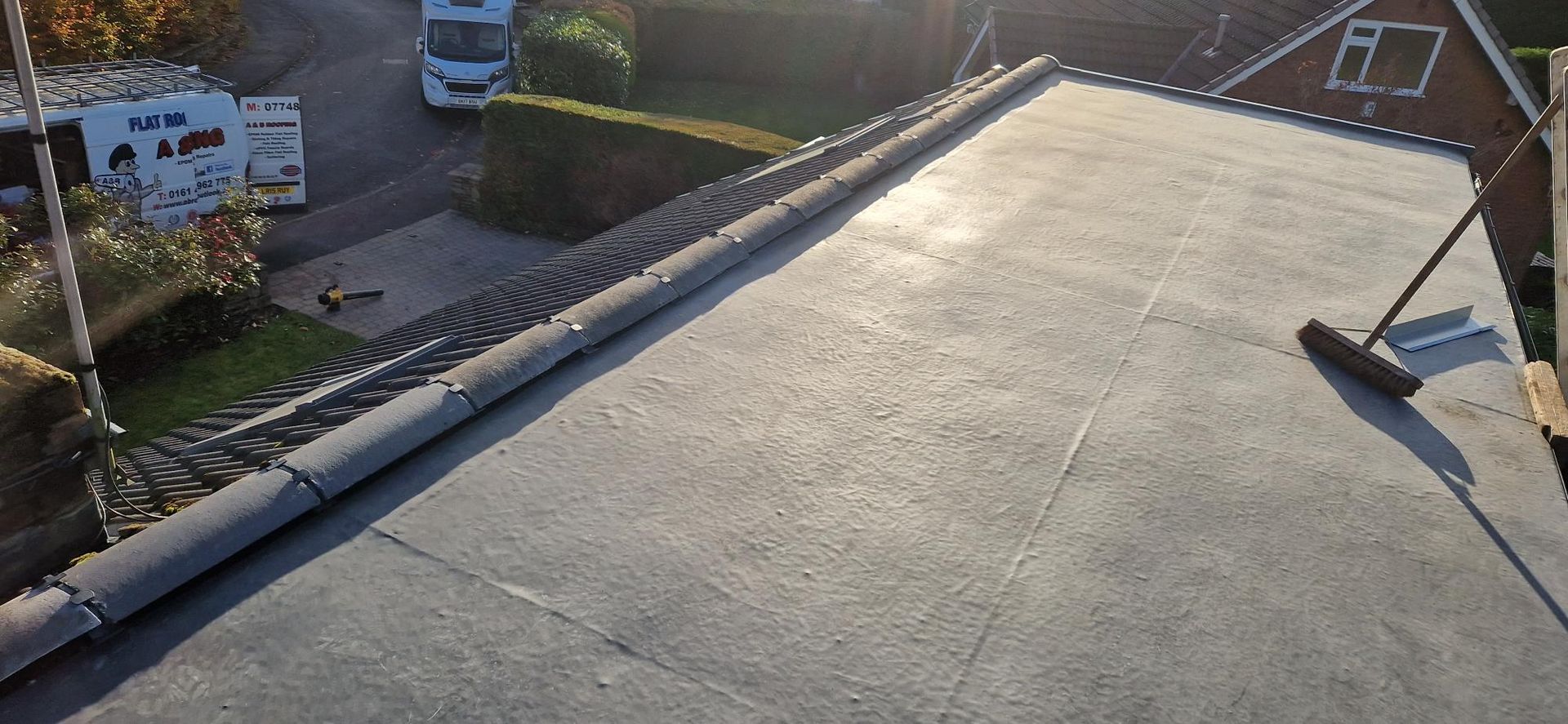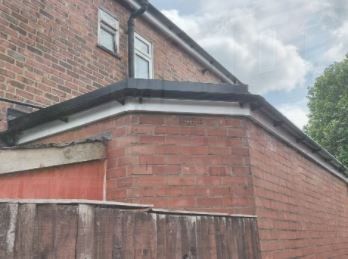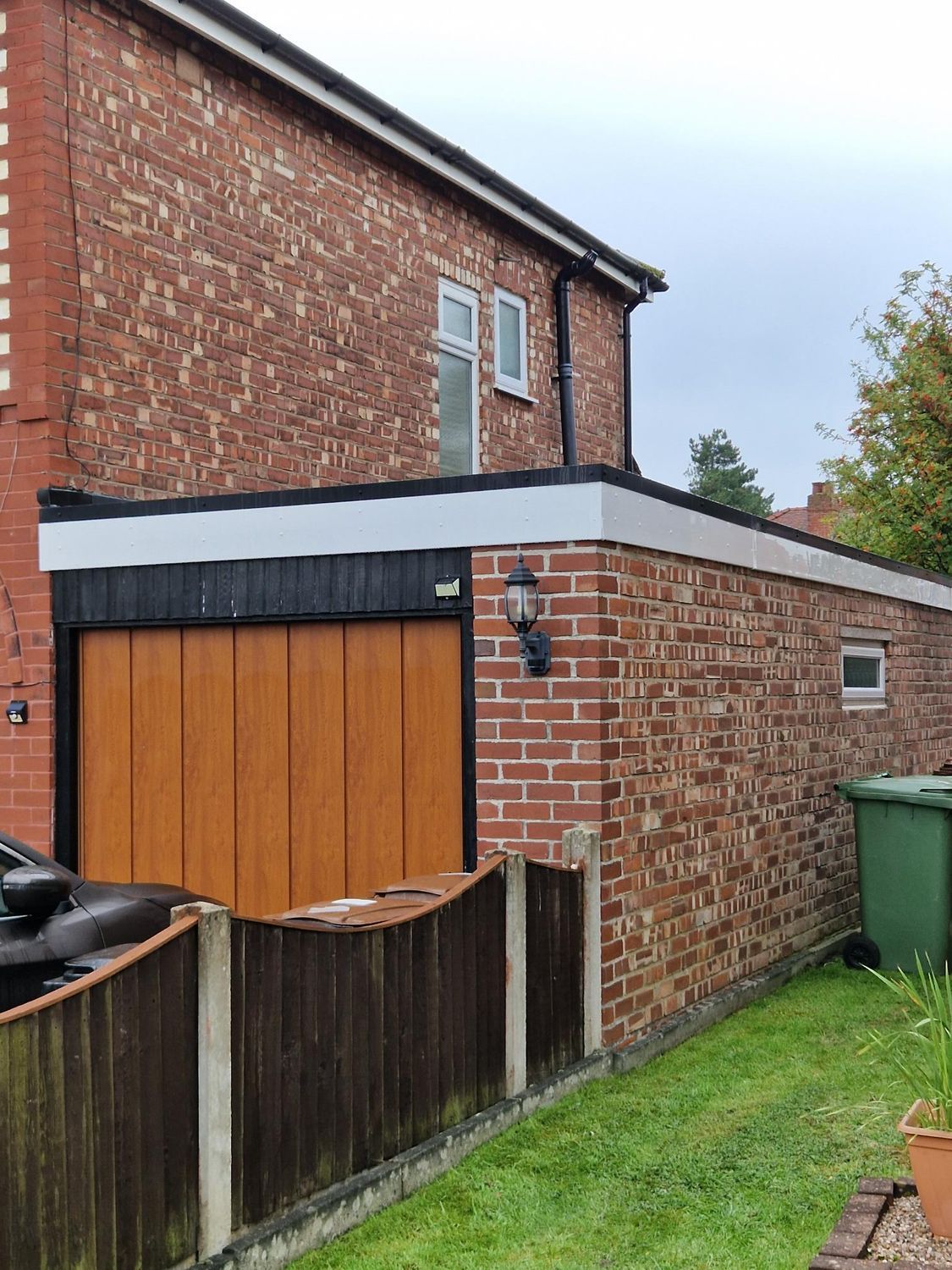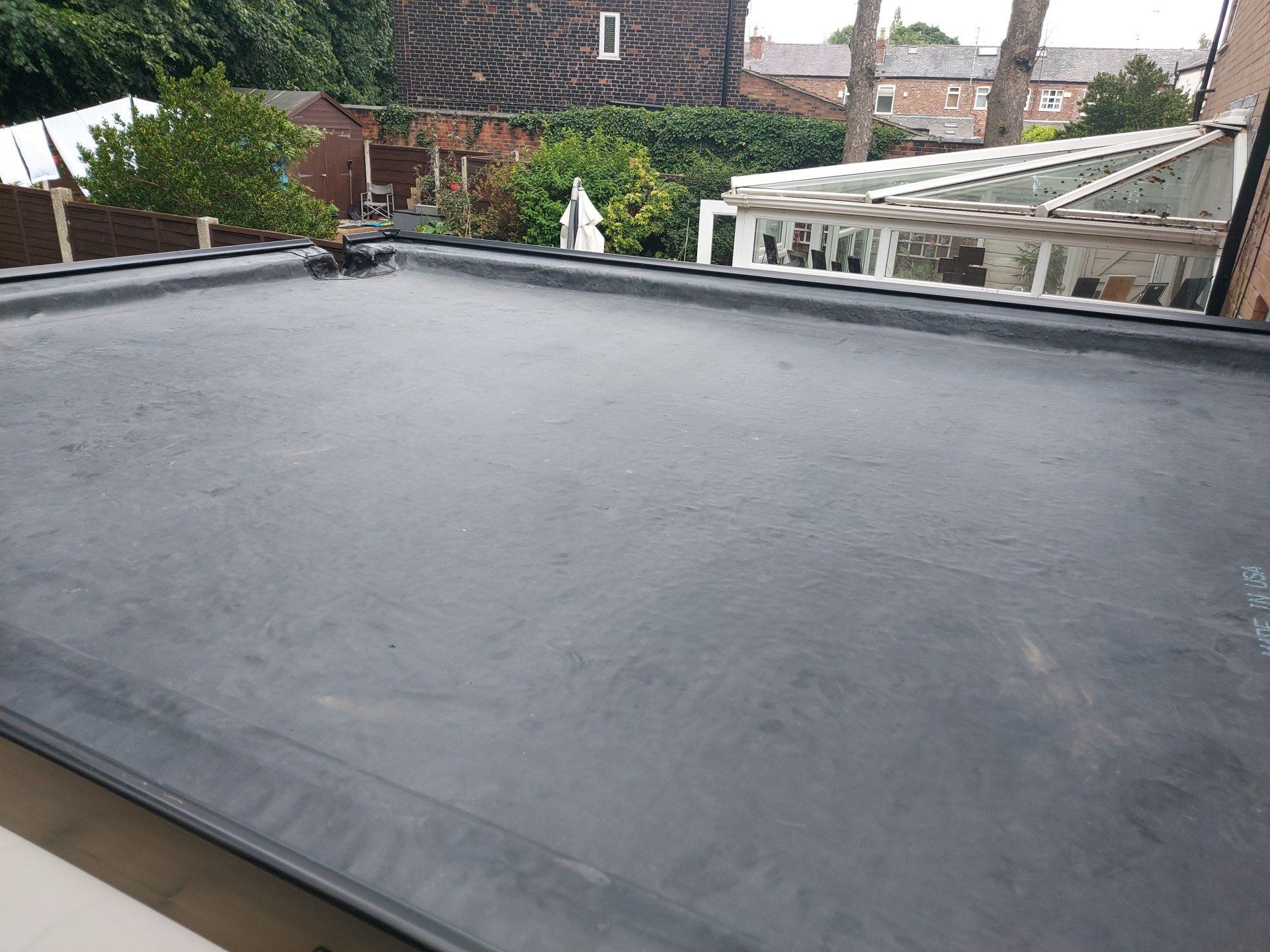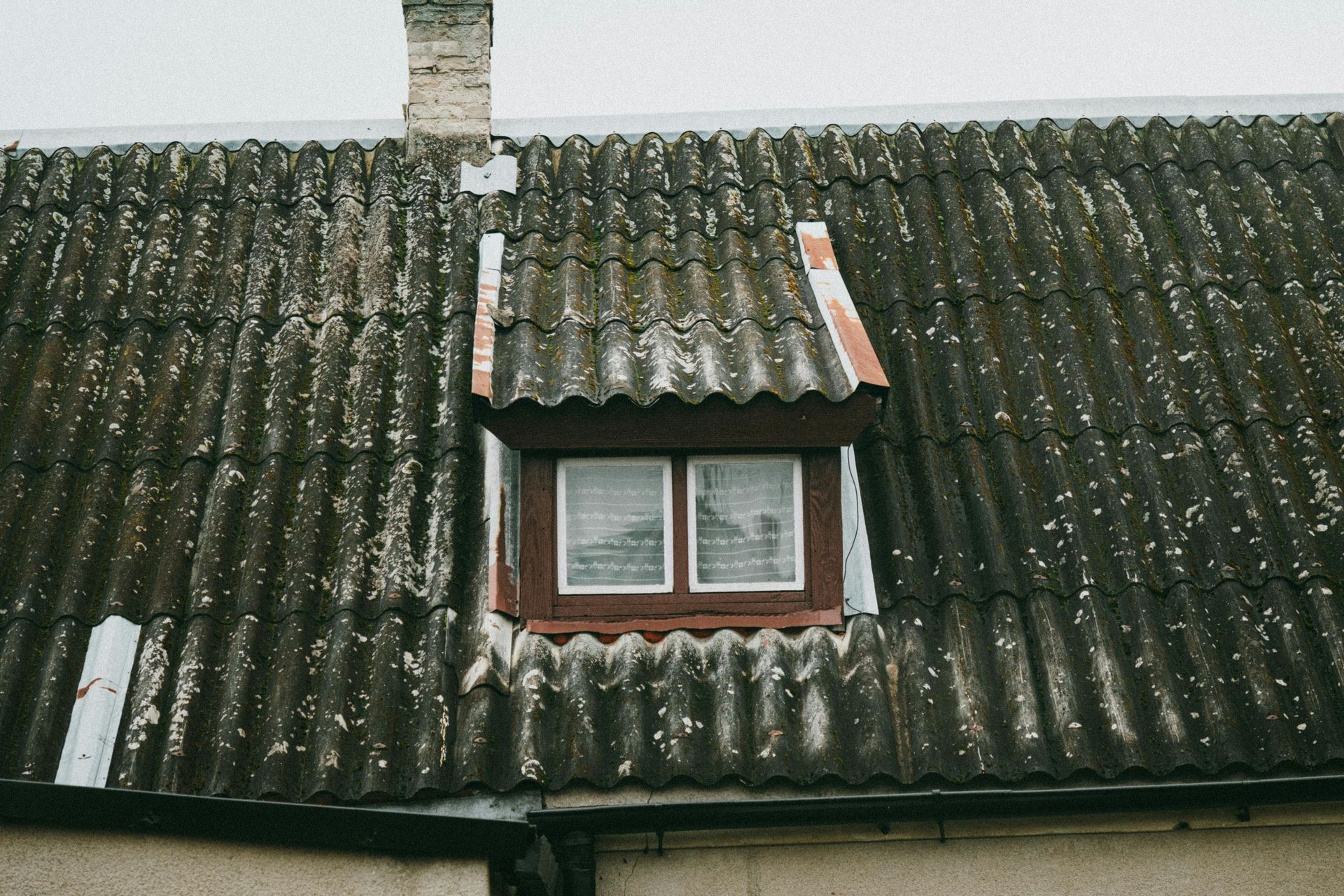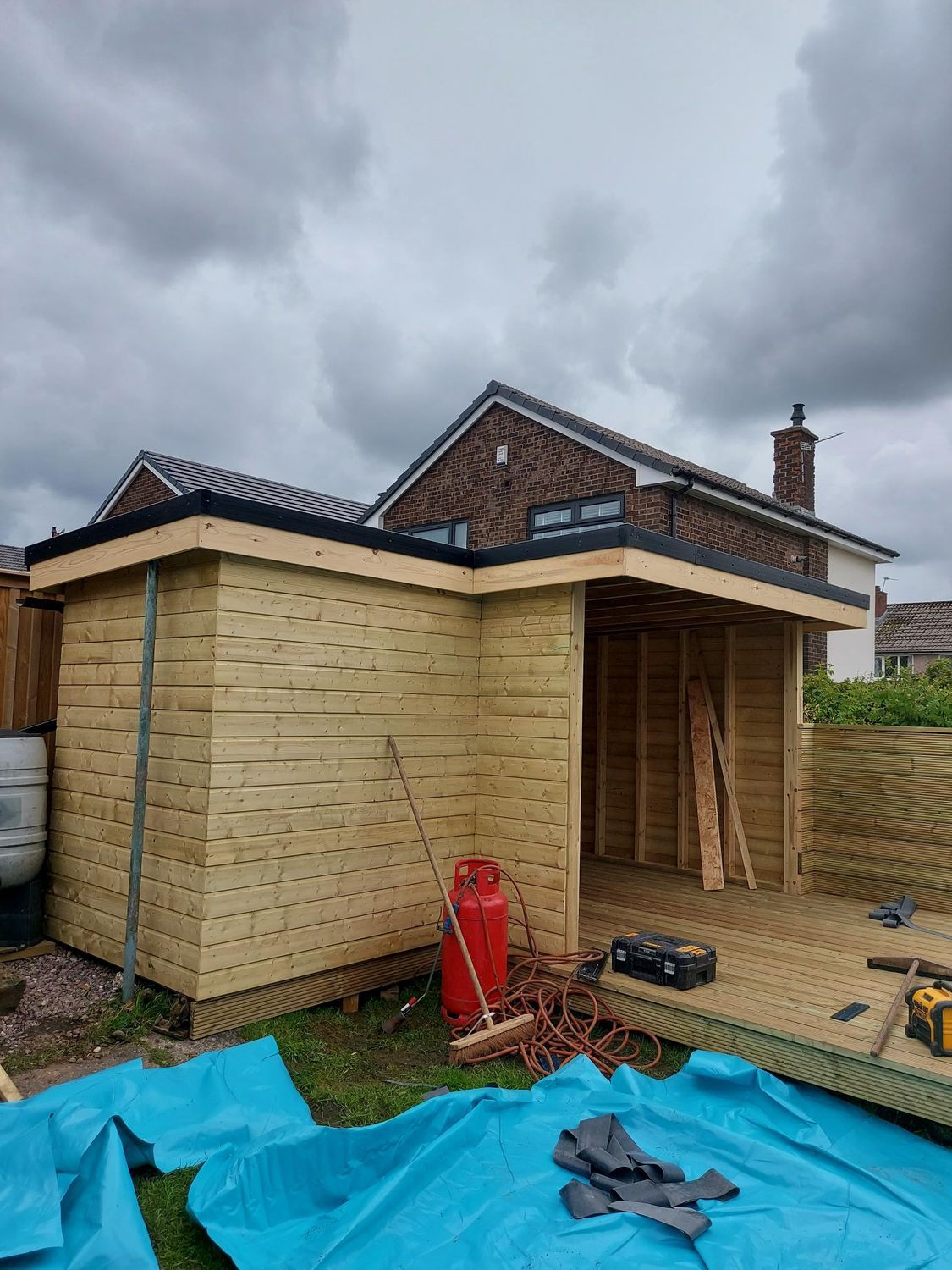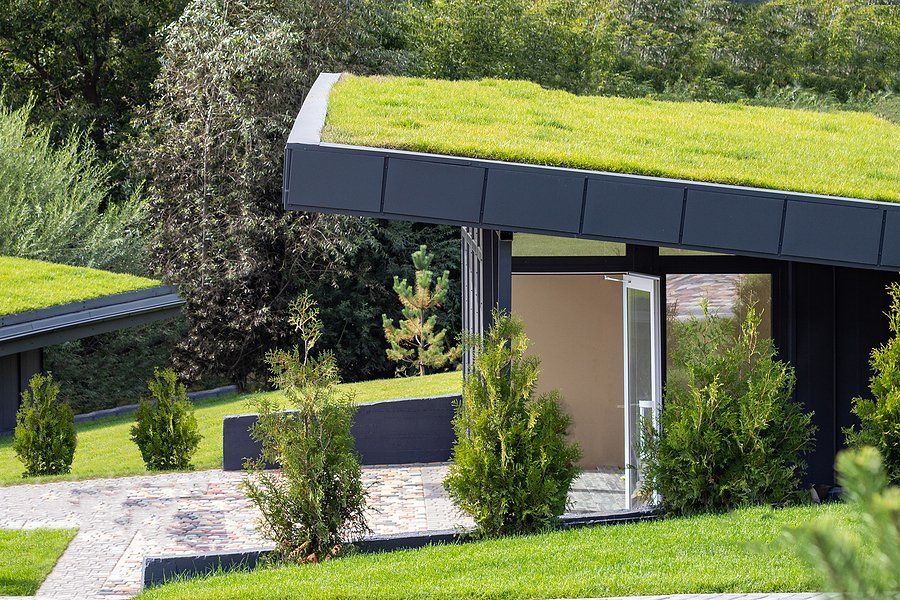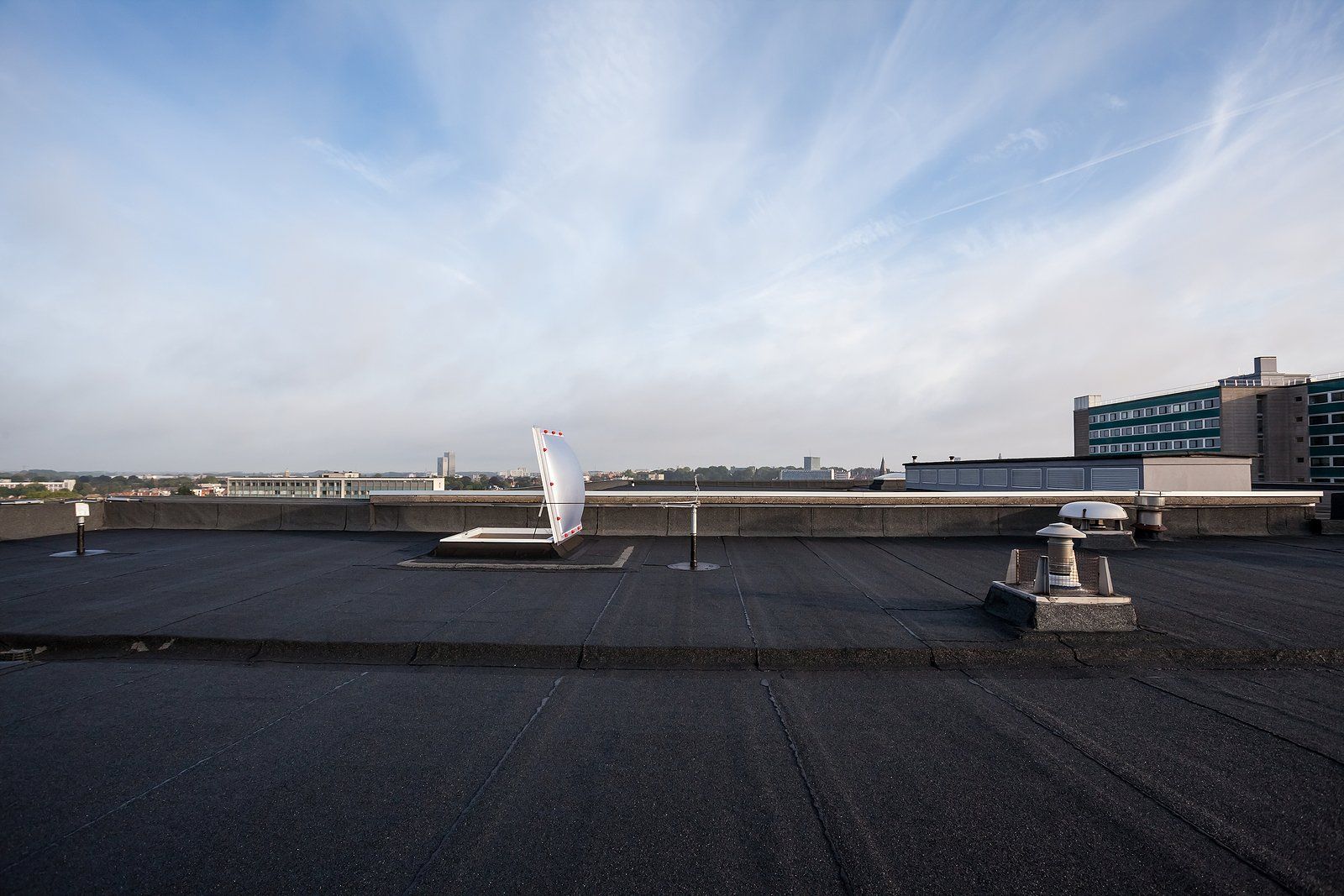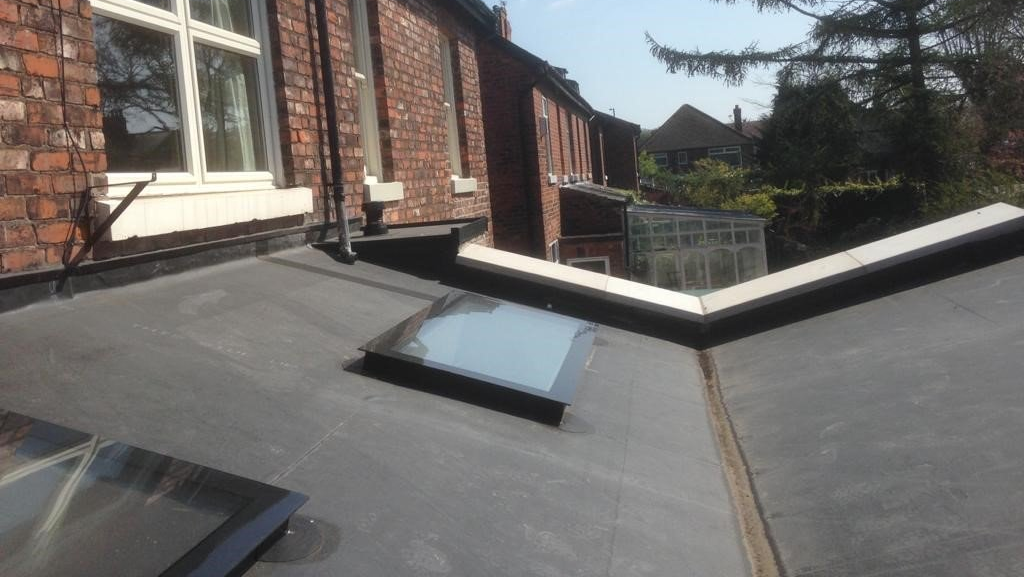A Handy Guide To Flat Roofs
Daniel Bracewell • 7 May 2021
Flat roofing solutions can offer many advantages, from the design and material options thought to the cost. But is it the right option for your project?
With the government launching a new ‘Right To Build’ scheme and encouraging Brits to consider building their own new home, flat roofs are exceedingly popular with those looking to create a cool, modern home.
Flat roof options help to free up internal space and are often cheaper than pitched roof options as they require fewer materials to cover the same roof span. There is also the opportunity to incorporate a green, or a blue roof onto the flat structure.
There are many advantages to a flat roof:
• It frees up internal space
• More freedom to plan interesting shapes beneath a flat roof without having to worry about the way the roof is held up
• They help to keep the internal temperature stable
• They are cheaper to construct than pitched roofs and need less material to cover the same span
Green and Blue Roofs
There is a growing trend for green roofs that grow sedums, grasses and, done well, they make truly splendid features.
However, there is a lot more to them than a ‘normal’ flat roof. They require a root barrier to stop the plants from interacting with the waterproofing beneath and a flat roof, in particular, requires a drainage layer to retain water, as well as edging features to stop the vegetation from leaching away.
The added weight of a green roof means the underlying structure would need to be beefed up, all of which would add to the cost.
A blue roof aims to attenuate rainwater run-off to prevent localised flooding. This is like a green roof on steroids and involves a far more complicated build-up. It is unlikely that self-builders will be specifying a blue roof unless planners insist on such a feature.
If you’re looking for a flat roof specialist in Stockport, get in touch today.
